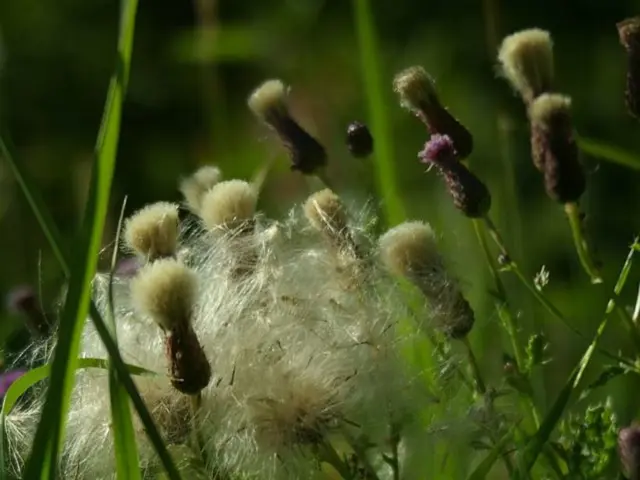Pulling out those gooseblossoms in your garden: Instant action needed for this plant species
Hey there, green thumb! A friendly sprout with white blossoms might seem like a dainty addition to your garden, but beware—it could be the invasive weed known as the annual fleabane. This deceptively beautiful plant, despite its daisy-resembling blooms, can wreak havoc on your garden and native flora.
At first sight, the annual fleabane (Erigeron annuus) appears to liven up any flower meadow. Originally from North America, it got a foothold in Europe after being accidentally introduced. It's like the weeds' version of a wolf in sheep's clothing—although it may seem innocent, it's insidious and downright dangerous.
This weed is remarkably competitive and grows uncontrollably, pushing out sensitive native species over time. Unfortunately, it doesn't contribute much to biodiversity either but instead poses a threat. If you spot such a plant in your garden, it's time to take action.
It's not difficult to spot the fleabane. With an upward, branched stem and small, marguerita-like flowers, the plant stands tall, reaching up to 1.5 meters. The lower petals are white and narrow, while the center is vibrant yellow. It flourishes particularly well in areas with poor nutrients like roadsides, fallow land, and open gardens.
Being the rapid multiplier it is, a single fleabane plant can produce up to 50,000 seeds, which are effortlessly distributed by the wind. Forget about small populations—they can quickly become vast colonies in no time!
The greatest risk comes from its uncontrolled expansion. The fleabane supplants native wildflowers and alters entire habitats. It creates monotonous landscapes that can force out specialized insects, denying them food sources.
To protect your garden and natural ecosystem, remove the fleabane immediately. Uproot the plant by hand or with a hoe when it's young and before it flowers, preventing seed dispersal. Don't let the root system remain, as bits of it might grow back. Be sure not to add fleabane to your compost, as its seeds may survive and germinate once more. Instead, dispose of the weed through your regular trash or green waste facilities.
If you need some more garden inspiration or protecting your plants from other threats, check out our other articles! We've got tips on the most beautiful gardens in Europe, dangerous spring flowers, and easy-to-care plants for your garden or balcony. Safe gardening! 🌱💪🌺
- The annual fleabane (Erigeron annuus) can be a delightful sight in any home-and-garden, with its upright, branched stem and small, marguerita-like flowers.
- Despite its enjoyment of gardens, especially open ones, the invasive weed known as fleabane is deceivingly dangerous, posing a threat to native flora and biodiversity.
- Thanks to its fast reproduction, a single fleabane plant can generate up to 50,000 seeds that are easily spread by the wind, potentially leading to large colonies in gardens and natural habitats.
- To maintain a balanced and healthy garden and protect native wildflowers, it's crucial to regularly remove the fleabane by hand or with a hoe before it flowers, ensuring the prevention of seed dispersal.







